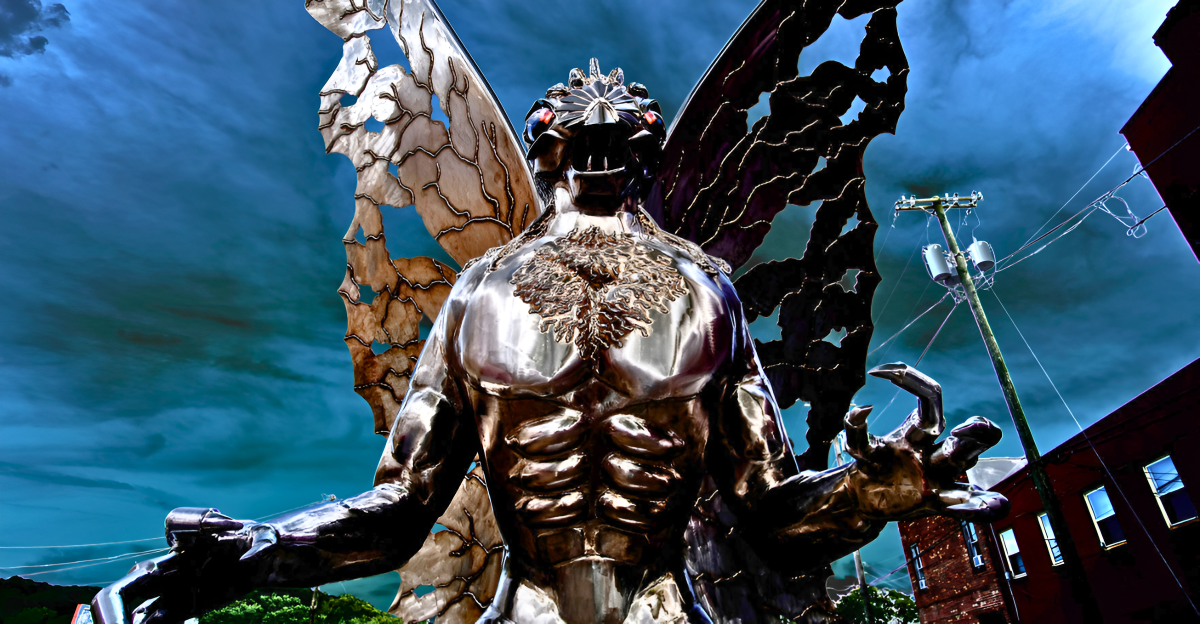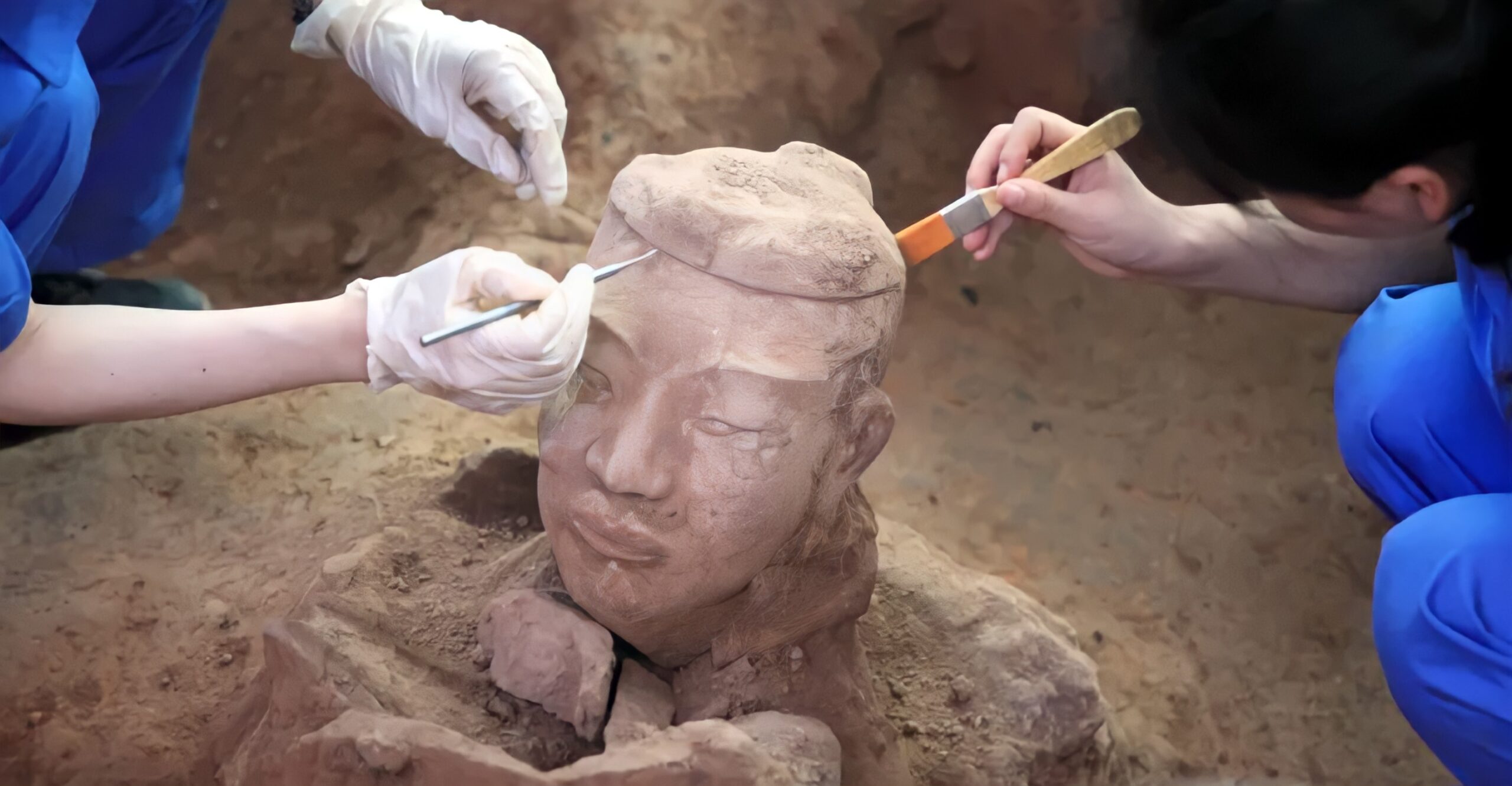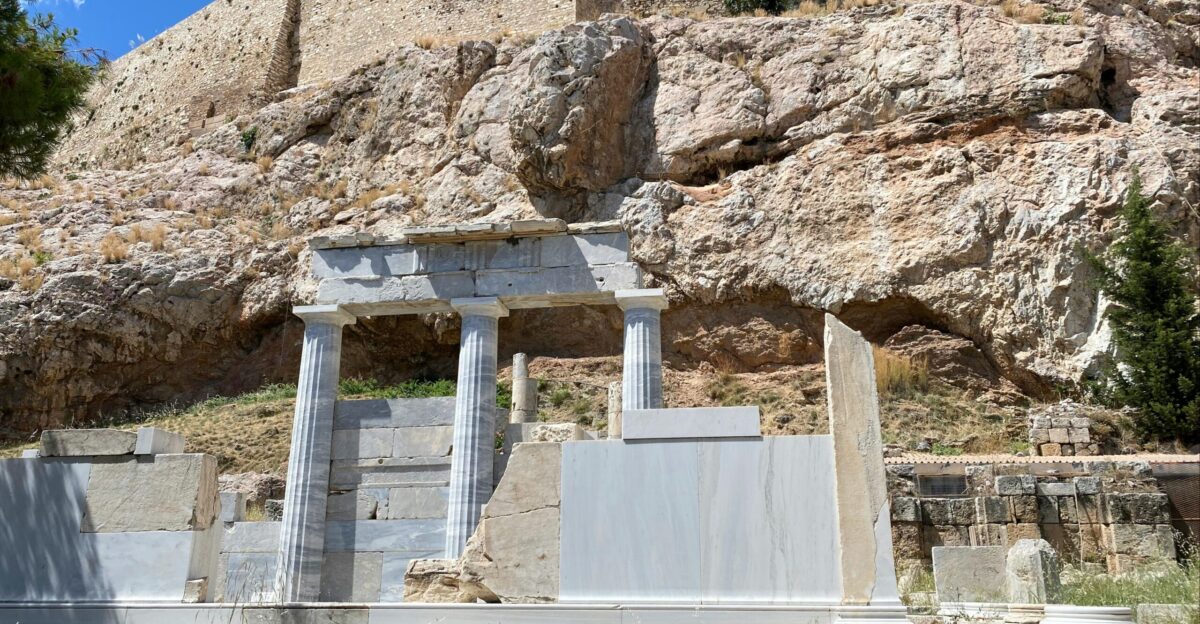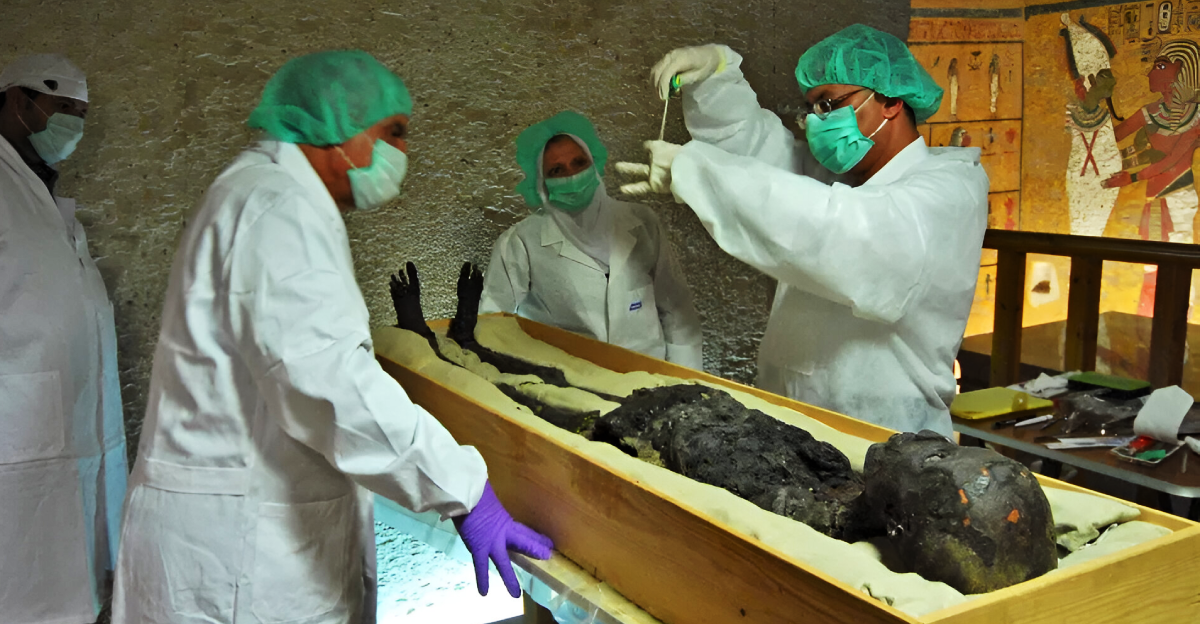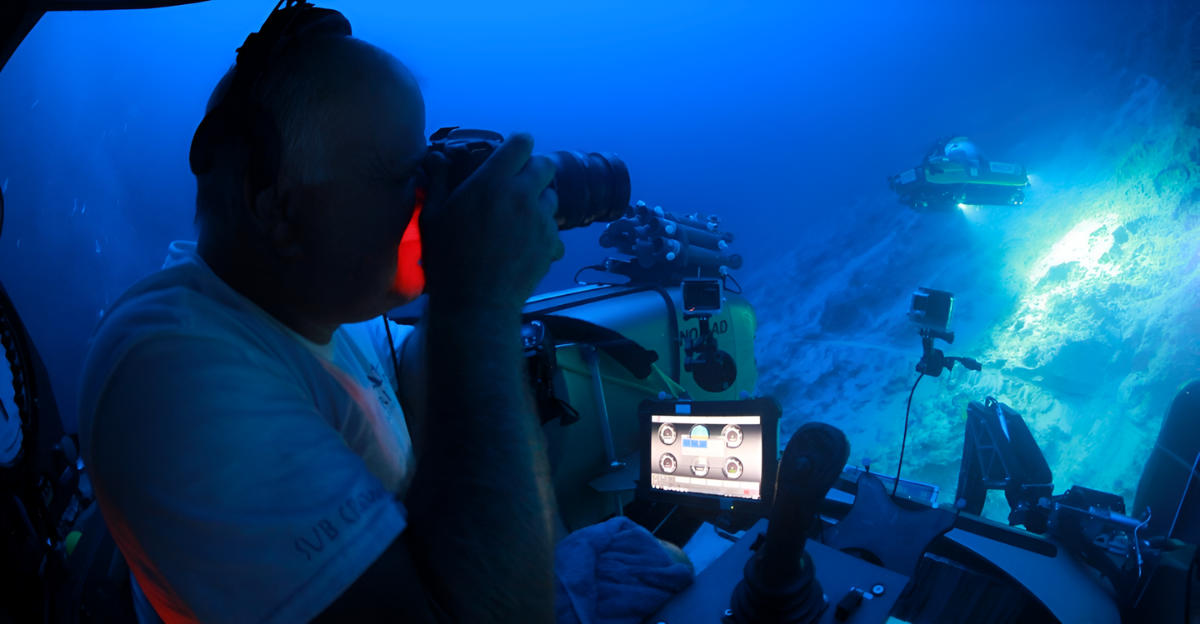
A remarkable discovery in İznik has archaeologists and historians buzzing: ancient mosaics were found under the foundations of a modern home, untouched for centuries. The city of İznik, once known as Nicaea, is already renowned for its place in Christian history.
But what makes this discovery exceptional is not just its age — believed to date from the 1st to 4th centuries A.D. — but the timing, coinciding with the announced visit from Pope Leo XIV.
The mosaics, featuring a ship and a deer suggest stories yet to be uncovered, raising the question: what other secrets are hidden beneath this sacred city?
Symbols of a Faith in its Infancy
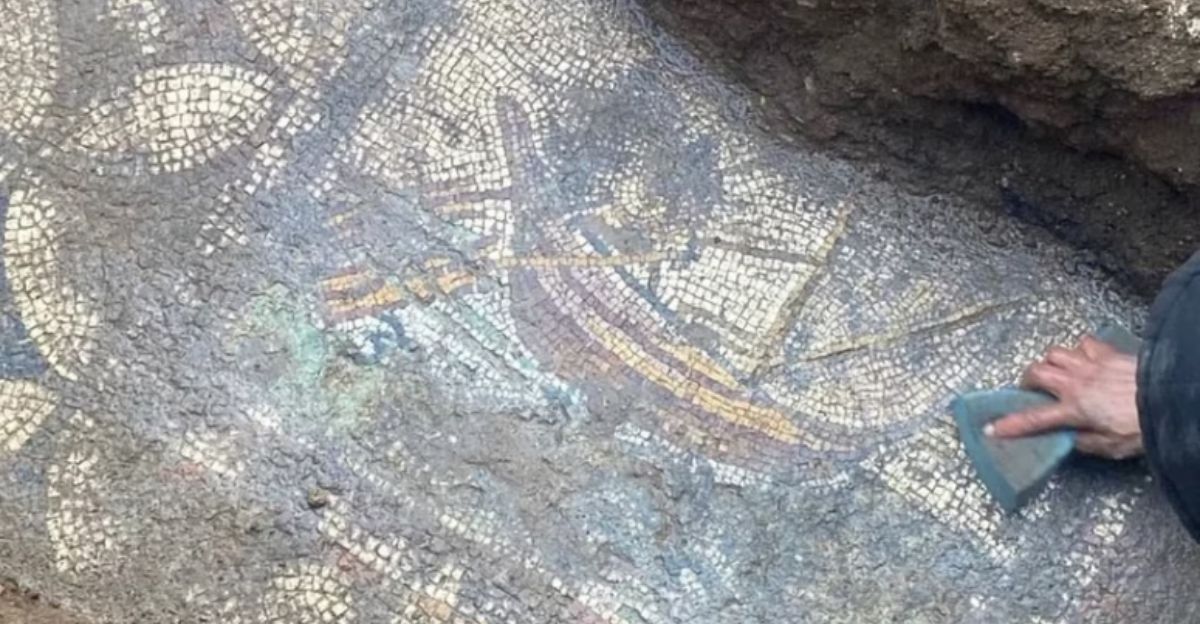
The mosaics’ imagery — a ship and a deer — is not random decorations. In early Christian art, the ship symbolizes the Church, navigating through the waters of this world, while the deer oftewn represents the soul’s yearning for spiritual nourishment.
These symbols, crafted in vibrant colors, provide a rare glimpse into the minds of Christianity’s ealiest followers.
As experts pore over the details, they are discovering layers of meaning that would challenge previous assumptions about how the faith was practiced and expressed in these formative years. What other forgotten symbols might be waiting to be rediscovered in İznik’s soil.
A Pope’s Unfinished Wish Fulfilled
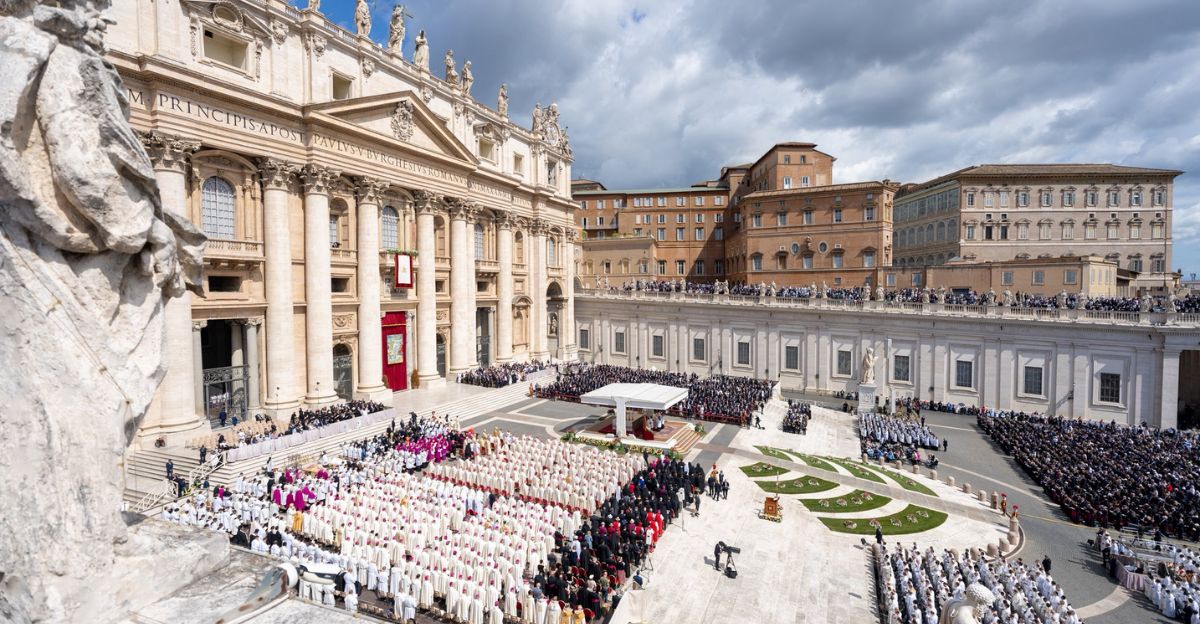
Before hiss pasing, Pope Francis wanted to visit İznik, the site where the First Council of Nicaea. This is now to be fulfilled by his successor, Pope Leo XIV, who advances his momentous pilgrimage as the mosaics are uncovered.
Vatican insiders attest to the profounf significance that the city holds for the Church, both as a cradle of doctrine and a place of pilgrimage.
The timing is uncanny: as the world watches, could this visit signal a new era in the relations between the Catholic Church and one of Christianity’s most sacred sites? The answer may lie in the stones beneath their feet.
Rediscovering the Birthplace of Christian Doctrine
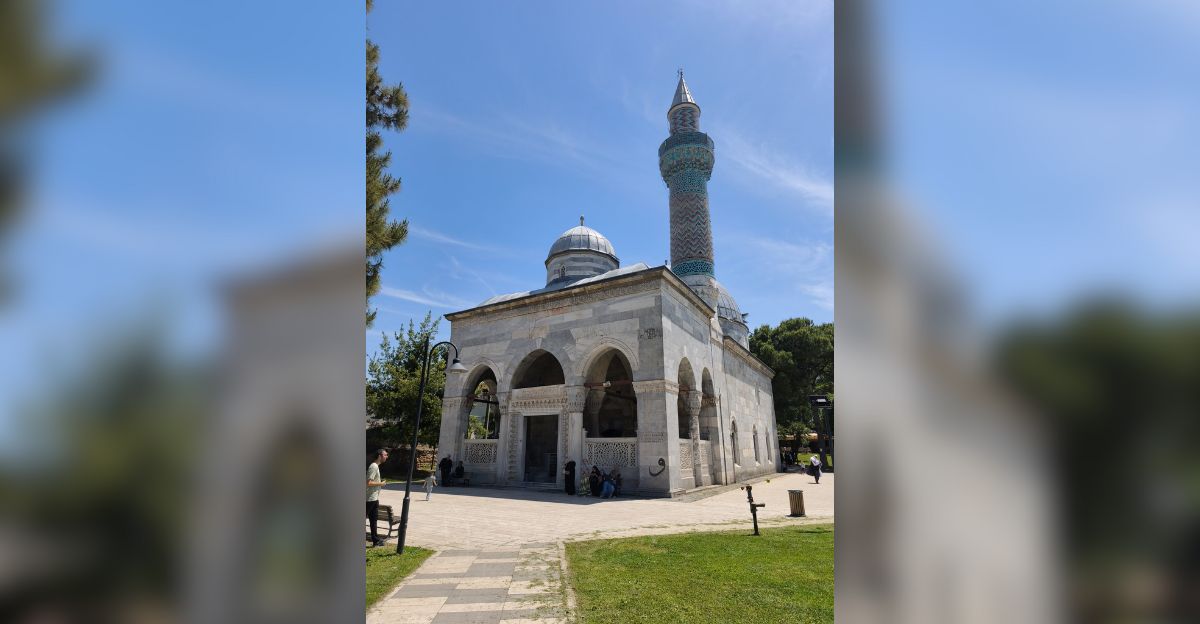
İznik’s place in history is secure as the location of the First Council of Nicaea in 325 AD, when Emperor Constantine gathered bishops to define the core beliefs of Christianity. The council’s decisions, including the Nicene Creed, continued to influence the faith for centuries.
Now, as the 1700th anniversary approaches, the discovery of these mosaics adds a tangible connection to those formative years. What new insights will these ancient artworks provide about the lives and beliefs of those who shaped Christian doctrine? The interection of past and present is more vivid than ever.
Hollywood’s Unexpected Connection
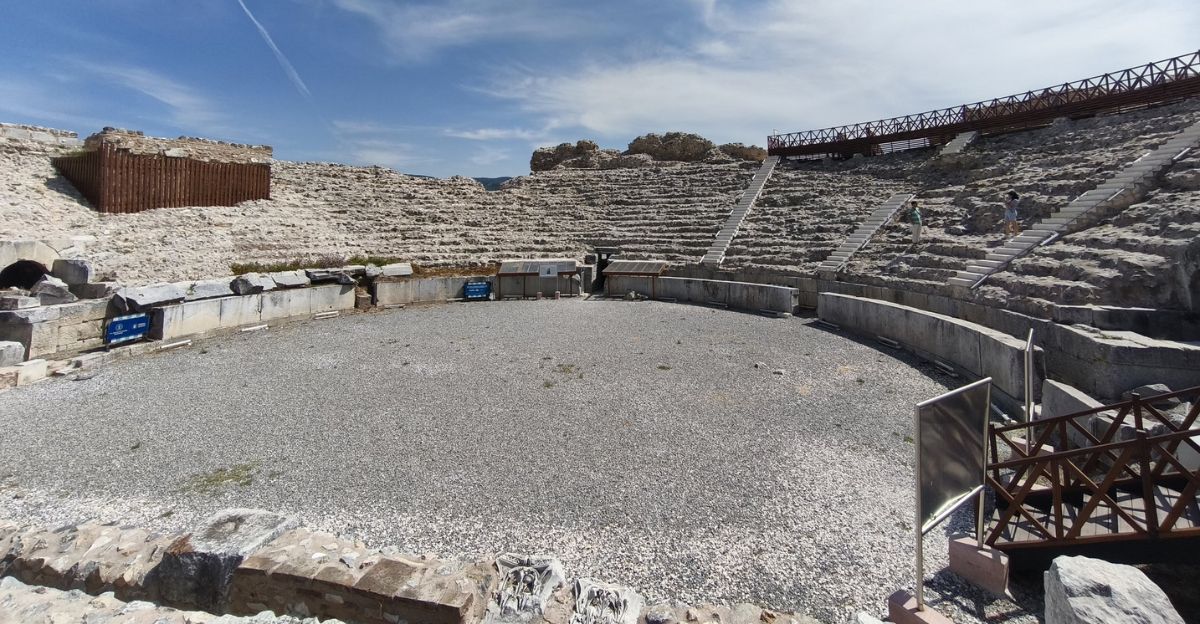
Near the excavation site, legend places the inspiration for Maximus Decimus Meridius, the hero of the film Gladiator. While the character is fictional, the region’s rich history has long inspired storytellers.
The juxtaposition of ancient Christian art and Hollywood myth only adds to the intrigue of İznik. Could the city’s layered past, blending faith and fiction, inspire new generations of artists and scholars? The mosaics are a reminder that history is never just one story but a tapestry woven from many threads.
A Push for Global Recognition
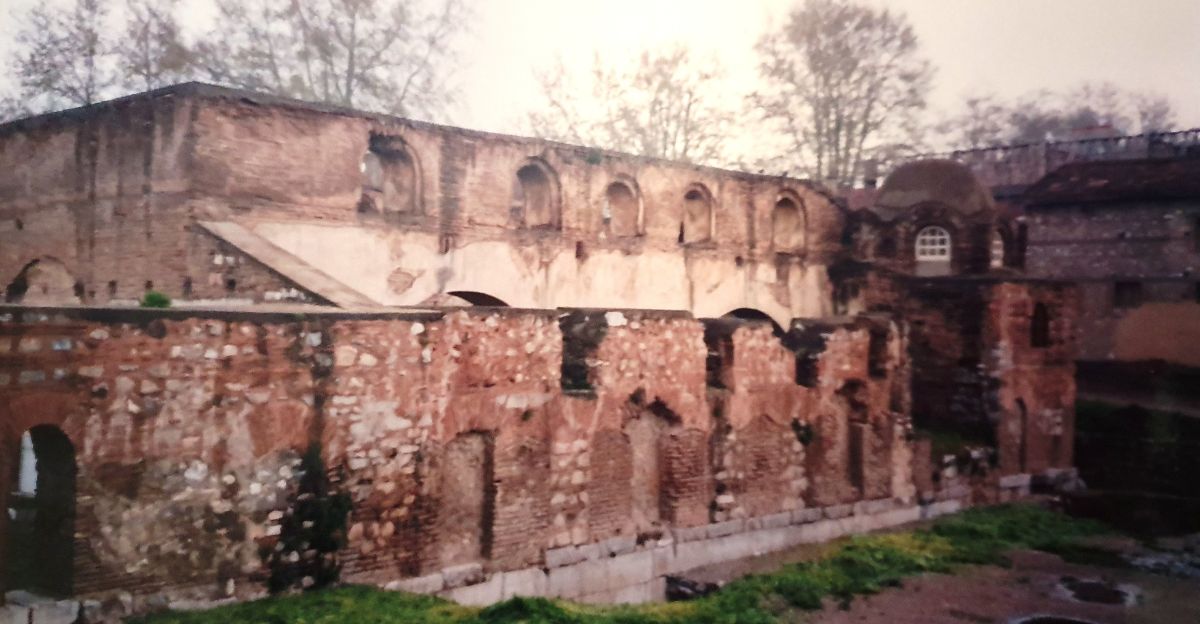
With the world’s eyes on İznik, calls are growing for the city and its archaeological treasures to be acknowledged as a UNESCO World Heritage site. These newly discovered mosaics, along with İznik’s deep Christian roots, might hold the answer to elevating its cultural profile.
What would such a recognition mean for the city and its inhabitants? The answer may lie not only in the stones of the past but also in the ambitions of those who seek to preserve and celebrate them for future generations.
Treasure Hunters and Academic Debate
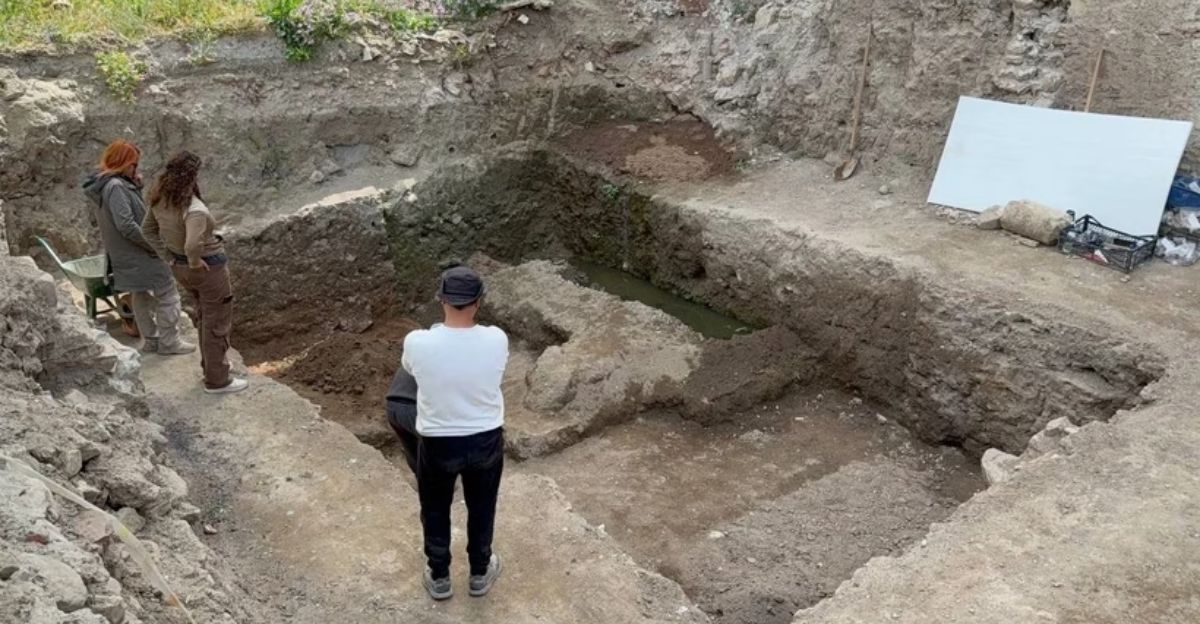
In a curious twist, an amateur treasure hunter recently claimed to have identified the original location of the First Council of Nicaea. While academics remain cautious, the claim has sparked renewed public interest in the mysteries of İznik.
But what if the mosaics are merely the beginning? What history of early Christianity could those clues rewrite? The continued debate underscores the dynamic nature of archaeology, where every shovel of earth can challenge long-held beliefs.
The Science Behind the Symbols

Archaeologists are using a range of advanced techniques to analyze the mosaics, from pigment analysis to digital mapping. Their goal is to understand not just what the symbols mean, but how they were made and by whom.
The results might offer clues about the artists’ identities, the materials they ued and the communities they served. As science meets faith, what new chapters in the story of early Christianity will be written? The answers might be hidden in the microscopic details of each tiny tile.
Controversy and Celebration
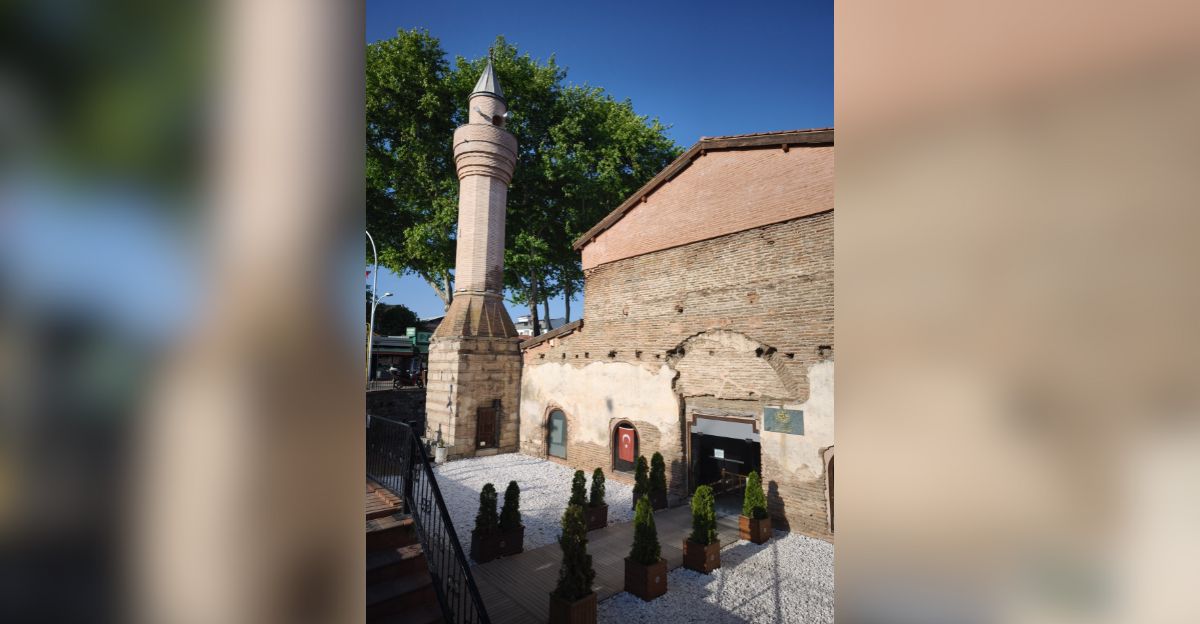
The discovery has sparked both celebration and controversy. Some see it as a sign of divine providence, while others caution against reading too much into coincidence.
The debate reflects broader tensions between faith and reason, tradition and innovation. As the world watches, will the mosaics become a symbol of unity or division? Perhaps the answer lies in how the story is told and by whom.
What’s Next for İznik?
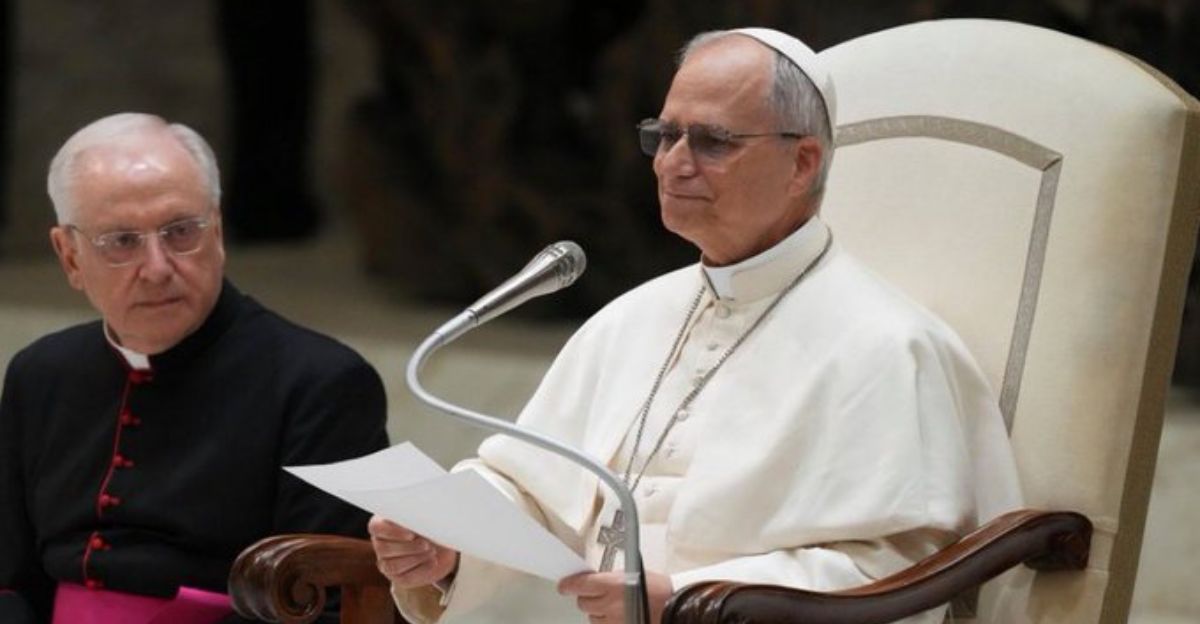
As Pope Leo XIV prepares to walk the streets of İznik, the city stands at a crossroads. The discovery of the mosaics, the push for UNESCO recognition, and the ongoing debates about its history all point to a future filled with possibility.
Will this make İznik a global center of Christian pilgrimage and scholarship? Or will its mysteries remain buried, waiting for the next generation of explorers? The only certainty is that the world will be watching, eager to see what happens next in this ancient city’s unfolding story.

